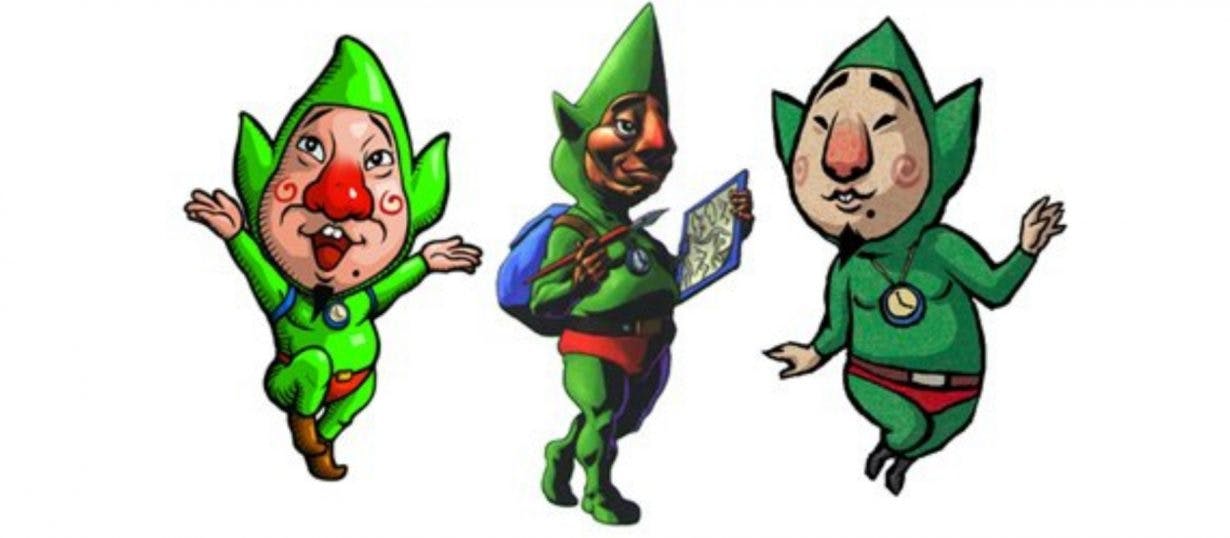NPCs: From past to present… to future

Ask 10 gamers to name their favourite NPCs and it’s likely that you’ll get ten completely different answers. From the NPCs in text-based adventure games such as Colossal Cave Adventure and Zork to the complex characters that go about their daily tasks in RPGs like Fallout and The Elder Scrolls, the important role of NPCs in modern day video games means there are thousands of characters that players can form meaningful connections with.
NPCs have evolved considerably over the years and so has how players can interact with them. Here’s a look at just a few of the game changing shifts we’ve seen in NPC tech over the years… and a glimpse at the future.
Technology and NPCs: An evolving relationship

Human enemies in The Last of Us rush the player if they hear you run out of ammo (©SONY COMPUTER ENTERTAINMENT AMERICA LLC)
As video games have evolved, the technology underpinning NPCs has had to evolve with them. Simple assistants and navigators have become invaluable companions in combat, acting of their own accord or following the command of players. Silent NPCs or those with predictable responses now speak through branching dialogue options that reference in-game changes.
Formerly easy-to-kill enemies can now adapt their fighting skills depending on how you fare in combat, such as the enemies that will rush toward you in The Last of Us when they hear the sound of an empty gun chamber if you try and take a shot while you’re out of ammo.
In most cases, the evolution of NPC behavior has been shaped by advancements in technology opening up new opportunities for more complex trait scripts, also known in the industry as a job system. Put simply, this means NPCs can be scripted to respond in a larger number of ways according to set variables.
The good and the bad: Effects of advancements on game play

Mr X, the antagonist in Resident Evil 2, relentlessly pursues the player across the game map (©Capcom)
These advancements created new opportunities in game play and game mechanics. For example, more complex job systems meant an NPC could attack with a specific weapon if the player was armed with a certain sword, change combat behavior if the player’s health was below a certain threshold, or open up new dialogue options if the player was wearing specific items of clothing.
But this way of generating NPC responses isn’t always for the best and has often resulted in frustrating gameplay experiences. For example, Resident Evil 5’s co-op focused gameplay means your companion character, Sheva, will often rush headfirst into combat without thinking. Similarly, there have been plenty of issues with NPCs in open-world RPGs simply disappearing as changes in behavior haven’t allowed them to spawn back near the player.
Some games have developed NPC behavior styles that are so unique they’ve been met with universal praise from both players and critics, with their unpredictable behavior patterns constantly keeping players on their feet.
For example, in the Resident Evil 2 Remake, players are chased through the game’s police station by a zombie antagonist called Tyrant (or Mr X, to Resi veterans). He can appear out of nowhere and always seems to have sight of how you’re navigating through the police station – something that’s achieved through how he generates in relation to the player’s location.
Similarly, the AI underpinning the xenomorph in the survival horror game, Alien Isolation, set a new benchmark for NPC behavior in video games due to the complex node system in its behavior tree.
Advancements lead to deeper player connection with NPCs

The role of Tingle in the Legend of Zelda games has evolved over the years and his growing popularity has spawned several spin-off games (©Nintendo)
Of course, when players aren’t running away terrified from NPCs, they might be forming relationships with them. TV and film creators know that characters are at the heart of any strong story, so it should come as no surprise that game creators are doubling down on the amount of effort that goes into creating complex narratives and backstories for characters that can’t be controlled by players.
When this is done effectively, players can form stronger relationships with these NPCs than their main characters. The popularity of the character Alyx in Vale’s first-person-shooter franchise, Half-Life, led to Alyx getting her own spin-off VR title, while the mischievous merchant Tingle from The Legend of Zelda is the star of four separate video games.
The future of NPCs
So, what’s next for NPCs? While the AI underpinning a lot of the most beloved NPCs is impressive, it’s important to highlight that it’s still governed by behavior trees and set patterns. Ultimately, this means that their behavior and responses can eventually become predictable once players figure out the variables shaping it, which risks breaking player immersion.
So what if games did things differently and allowed players to interact with NPCs unscripted? What if you could play with NPCs that could respond to absolutely anything you asked them - in real-time?
At Inworld, we fundamentally believe that advanced AI NPCs are the future of NPCs in video games, providing players with an infinite number of variables in terms of NPC behavior and dialogue options depending on how they act with NPCs.
Our Future of NPC Report
Gamers are excited about this future We recently surveyed over 1000 gamers to gather their thoughts on NPCs, the vast majority of whom were excited by the idea of advanced AI NPCs and even more believed that advanced AI NPCs would improve the immersive aspects of gameplay.
We’re excited to show you the findings of this report in full when it’s released, and look forward to showing the world just how far NPCs have come - and can continue to go.
If you want to be notified when it comes out, fill out this form!
